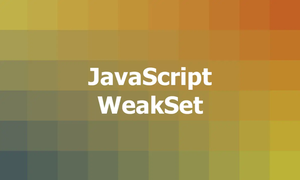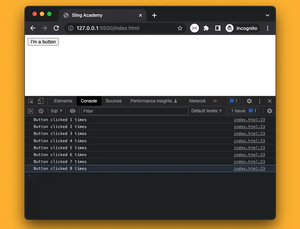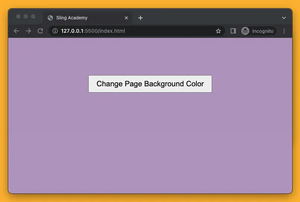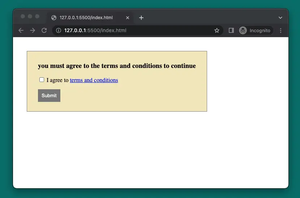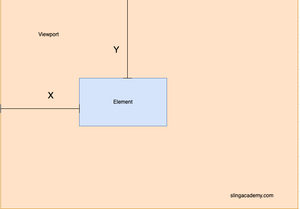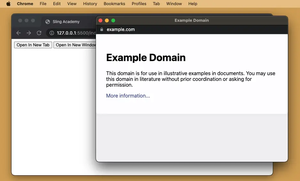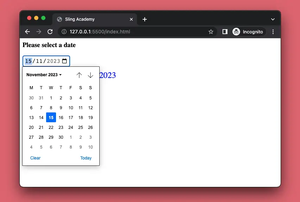Overview
In modern web development, making conditional rendering decisions based on the visibility of elements can greatly enhance user experience. This guide will delve into several methods to determine if a div element is visible using JavaScript. We’ll look at straightforward CSS properties, compute styles dynamically, and consider how visibility can be affected by various factors such as display settings, opacity, and positioning.
Understanding Visibility
Before diving into the code, it’s crucial to understand what ‘visibility’ entails. An element’s visibility on a webpage can be influenced by several factors:
- CSS Display Property: An element with
display: noneis not rendered in the document layout. - CSS Visibility Property:
visibility: hiddenhides an element but it still takes up space in the layout. - Opacity: An element with
opacity: 0is fully transparent but also still occupies space in the document. - Positioning: Elements positioned outside the visible viewport are not visible to the user.
Basic CSS Checks
Let’s begin with the simplest methods to check if a div is visible or not.
Using the display Property
const div = document.getElementById('myDiv');
if (div.style.display === 'none') {
console.log('Div is not visible');
} else {
console.log('Div is visible');
}Using the visibility Property
const div = document.getElementById('myDiv');
if (div.style.visibility === 'hidden') {
console.log('Div is not visible');
} else {
console.log('Div is visible');
}Computing Style Dynamically
Inline styles can be checked directly, but to verify visibility accurately when CSS is applied externally, we must compute the style dynamically.
Using getComputedStyle
const div = document.getElementById('myDiv');
const style = window.getComputedStyle(div);
if (style.display === 'none' || style.visibility === 'hidden' || parseFloat(style.opacity) === 0) {
console.log('Div is not visible');
} else {
console.log('Div is visible');
}Detecting Visibility in the Viewport
An element could be loaded on the page but outside the visible area of the browser window. To check if an element is within the viewport, we can use the following approach:
Checking the Positioning Relative to the Viewport
function isInViewport(element) {
const rect = element.getBoundingClientRect();
return (
rect.top >= 0 &&
rect.left >= 0 &&
rect.bottom <= (window.innerHeight || document.documentElement.clientHeight) &&
rect.right <= (window.innerWidth || document.documentElement.clientWidth)
);
}
const div = document.getElementById('myDiv');
if (!isInViewport(div)) {
console.log('Div is not within the visible viewport.');
} else {
console.log('Div is visible in the viewport.');
}Conclusion
Checking the visibility of div elements is a common task in web development. Throughout this guide, we explored several methods to accomplish this, from simple CSS property checks to more advanced techniques considering dynamic style computation and viewport positioning. Depending on the specific requirements of your project, one or a combination of these methods can be utilized to make informed decisions about how to manage elements on your webpage dynamically.
Remember, manipulating visibility is not just about showing or hiding content but can be a powerful tool in providing a user-friendly and interactive web experience.

